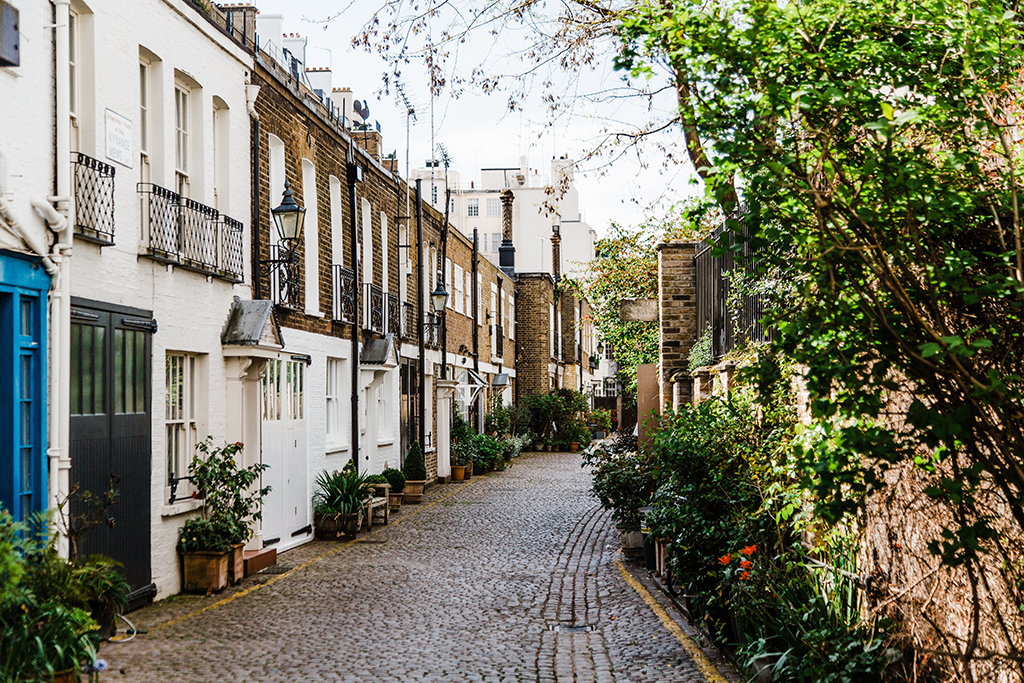
Paying Capital Gains Tax on Property
24/03/23
If you are looking to sell a property that is not your main home, then it’s important to make sure you’re aware of the capital gains tax (CGT) that you may be required to pay. CGT is the tax that is applied on the money you make when selling (or disposing of) something (an asset) that has increased in value, meaning that you have received a profit. You’re only required to pay CGT if the profit is above the tax-free allowance, and it is the gain made that is taxed, rather than the overall amount of money you receive. CGT is not billed automatically, so you need to work out if your total gains are above the tax-free allowance yourself.
Disposing of an asset can include selling, giving away, swapping, or getting compensation for something. CGT is payable on chargeable assets, which includes property that isn’t covered by Private Residence Relief. These are:
- buy-to-let properties
- second homes
- land
- inherited properties
- business premises.
The tax-free allowance is currently £12,300, or £6,150 if the asset is taken out of or put into a trust. For the 2023/24 tax year, the annual allowance will decrease to £6,000 and then even further to £3,000 in 2024/25.
When working out if you are above the tax-free allowance, it’s important to make sure that you’ve removed any deductible expenses from the gain. Doing this could mean that you’re within the tax-free allowance, or at the very least, decrease how much CGT you owe! You can deduct the following costs from your gain:
- stamp duty paid when buying the property
- estate agent’s fees
- solicitors fees
- certain other buying and selling costs
- costs for improvements to the property.
What are the CGT rates?
Like most tax policies, the CGT rate you have to pay depends on your income. If you pay higher or additional rate income tax, then you’ll pay 28% on your gains from residential property. However, if you pay the basic rate of income tax, it’s a little more complicated. For basic rate income tax payers, the CGT tax you pay for the disposal of an asset depends on; the size of the gain; your taxable income; and whether your gain is from residential property or from other assets.
To work out how much CGT to pay as a basic income tax payer, you should:
- Work out your taxable income
- Work out the total taxable gains
- Deduct your tax-free allowance from your total taxable gains
- Add this amount to your taxable income
- If this amount is within the basic income tax band then you’ll pay 18% CGT on residential property, but if it is any amount above the basic tax rate then you’ll pay 28% on residential property.
You need to report your property return and pay the CGT due within 60 days of completing the sale, and you can do so here.
The above is general advice concerning capital gains tax on property. If you have any queries about this topic, please contact a member of the team directly on 020 7625 4545 or email info@mgr.co.uk.
Warning: The above is merely general guidance and should not be relied upon as formal advice. The advice we give to each client will depend on their specific circumstances. We suggest you take professional advice before taking any action in relation to the issues discussed above.
You can find the rest of our blogs here




